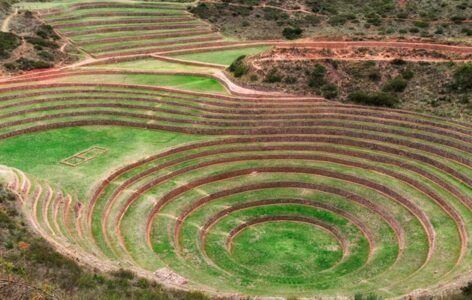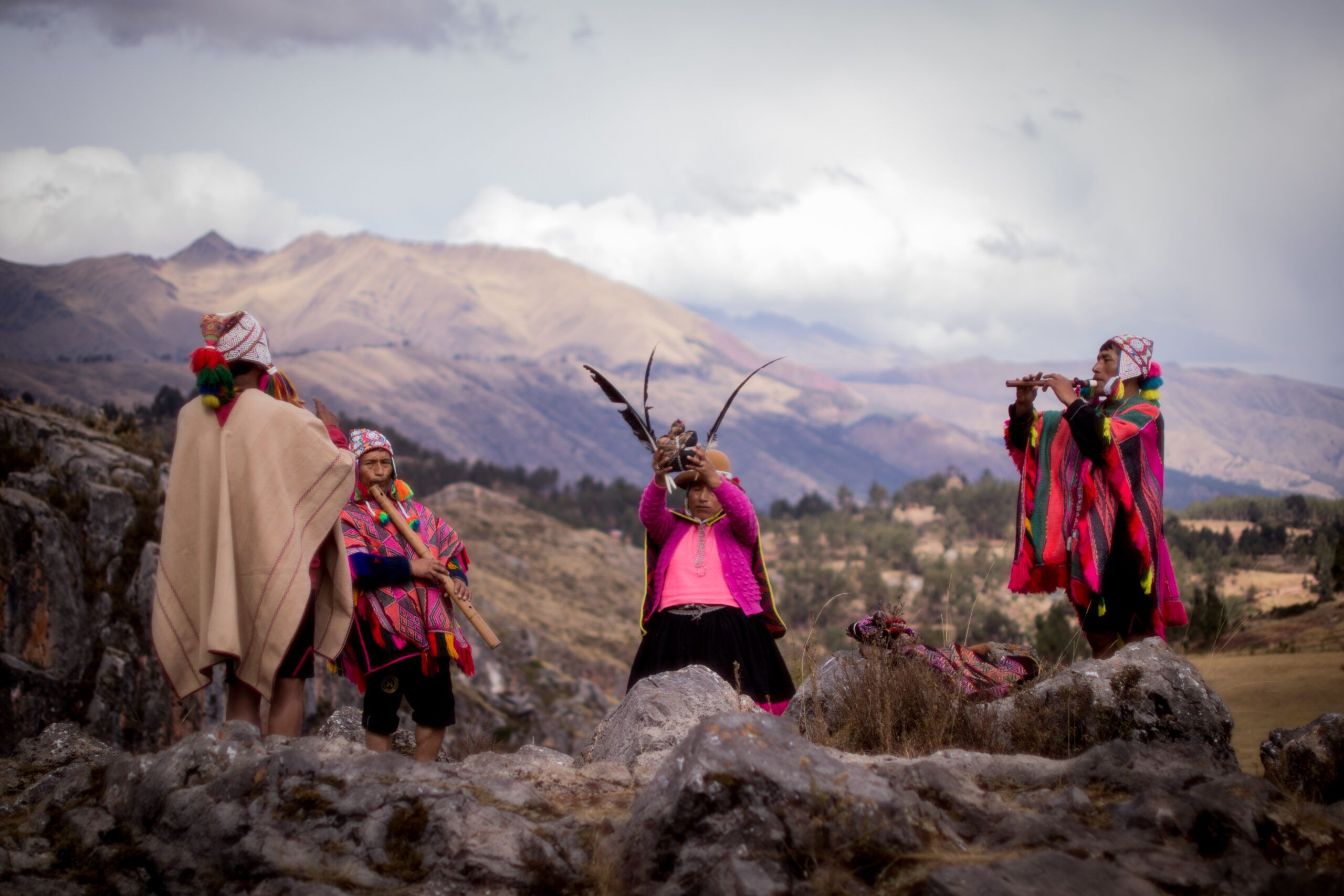The language of the Andes is known as Quechua, a name given by Spanish cleric Domingo de Santo Tomás, the first scholar to document its grammar.
The term derives from qheswa, referring to a geographical region (Gonzales, 2023).
Originally, its speakers called it Runa Simi—runa meaning “person” or “people,” and simi signifying “word,” “language,” or “mouth.” Thus, Runa Simi translates to “the language of the people.”
Quechua: A Diverse Linguistic Family

Quechua is not a single language but a linguistic family with regional variations, including Ayacucho Quechua, Cusco Quechua, and Ecuadorian Quechua, each with distinct pronunciations and vocabulary.
Unlike Latin, Germanic, or Anglo-Saxon languages, Quechua words often carry multiple layers of meaning.
For example:
This richness makes this language where a single word can convey complex ideas, far beyond what a standard dictionary might capture.
An Oral Language Rooted in Action
Runa simi excels as an oral language, prioritizing concrete actions over abstract concepts (Gonzales, 2023).
While modern Quechua has incorporated Spanish loanwords, it retains core principles of Andean philosophy.

For instance:
- The concept of “thanks” did not originally exist, as reciprocity governs social interactions—actions are repaid with actions, not words.
- The verb “to have” is absent; instead, Runa simi uses kay (“to be”), framing possession as relationship. For example, “Juan has a wife” becomes “Juan is with wife,” emphasizing connection over ownership.
A Language of Philosophy and Connection
Quechua’s structure reflects a worldview centered on interdependence, where objects and people exist in relation to one another. Research continues to uncover the depth of Quechua’s philosophical and linguistic nuances, revealing a language that shapes—and is shaped by—the Andean way of life.
Author: Joan De la Colina Roman
References
- Gonzales, Odi (2023). Energía binaria: La correlación entre lengua y pensamiento quechua. In Epistemologías andinas y amazónicas: Conceptos indígenas de conocimiento, sabiduría y comprensión (1st ed.).



